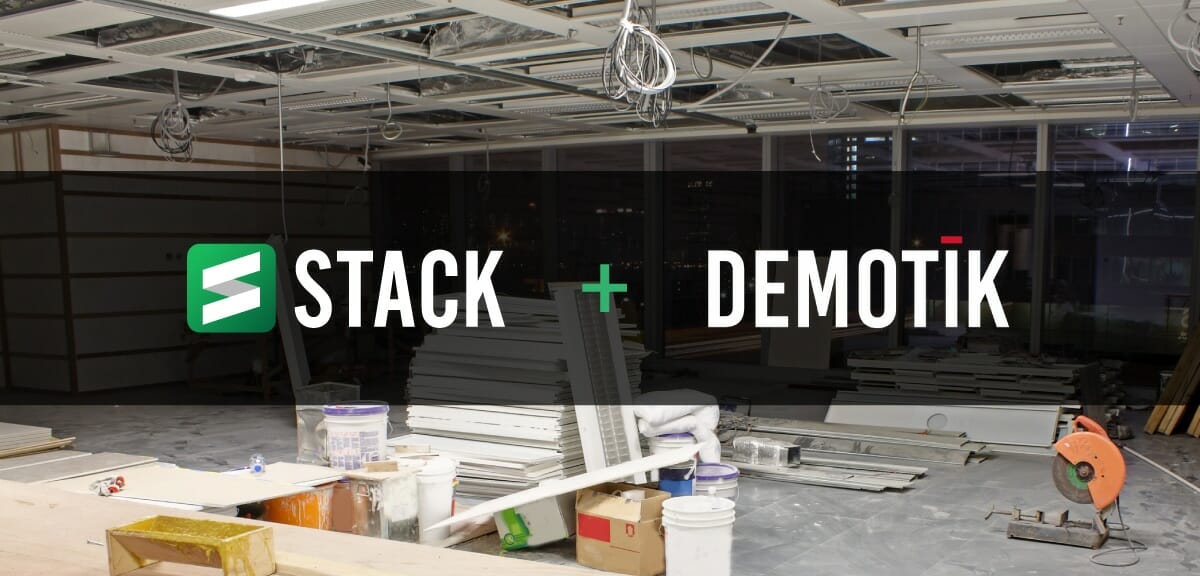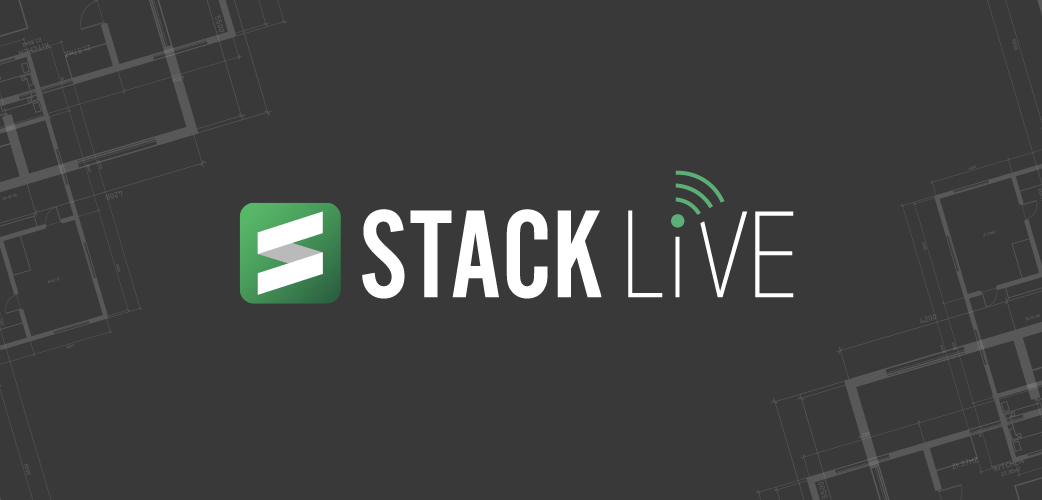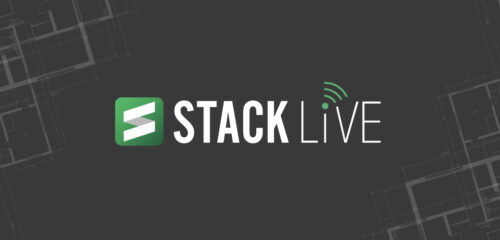
Construction is an industry where margins are often razor thin and success depends on every tiny moving piece going exactly as planned. With so many considerations and so much to track, it’s no surprise that many firms don’t have the capacity to consider what a truly profitable project looks like.
Especially as a construction company grows and develops multiple divisions, such as a separate estimating department, each responsible for different phases of the process, success can be defined in a variety of ways. However, ultimately everyone should be aligned on the goal of increasing company profits. Here’s why that might differ from simply winning more bids, and how to ensure your entire team is working toward the appropriate objective.
What Makes a Truly Profitable Project in Construction?
There’s no hard and fast rule to indicate when one project will be more profitable than others. In fact, one job might be a jackpot for one contractor but a financial disaster for another. But with a solid grasp on industry trends, as well as your construction firm’s capabilities, specialties, scheduling, and costs, you can determine what makes a profitable project for you.
Typical Construction Profit Margins
Industry-wide, margins tend to be relatively slim. Of course, potential profits can vary widely by trade, geographic region, project size and type, and there are companies out there working on jobs that are bringing in fewer profits or even operating at a loss. But there are also those out there who are exceeding industry averages, often by a significant amount. What’s their secret?
Let’s first examine what’s happening on the lower end of the average.
Why So Many Commercial Construction Jobs Aren’t Profitable
When a company first starts up, it makes sense not to expect to be raking in high profits. Beginning contractors don’t have commercial history to prove their expertise, so they often have to rely on submitting the lowest bid to win any work. This is normal, but the problem arises later, when they do have a portfolio of strong work and they are still defining success as being the lowest bidder or as simply increasing jobs won.
The issue isn’t with the projects but rather with the construction firm itself. When material and labor costs rise and firms begin (or continue) to panic about finances and cash flow, increasing profits can never become their main goal. Instead, they get stuck in the cycle of just keeping their heads above water. When you expend all your energy treading water, you can’t look beyond the next wave.
Determining the Most Profitable Types of Construction Projects
Identifying the most profitable types of work for you will involve a deep dive into your business’s data. To predict the future, you need to understand the past and which factors have been at play. With clear data, you can pinpoint distinctions of profitable jobs for your construction company.
Key Differences Between a Winning Construction Bid and a Profitable Project
Assuming you have a reliable and competent crew and a solid relationship with material suppliers (and barring unforeseen circumstances), your profitability for a job comes down to your estimators.
The estimating team needs to be discerning in their decision to bid. Rather than bidding on all jobs that come across their desk, they need to be thinking of their bid-hit ratio as well as focusing on criteria that indicates the project will be a good fit.
So, what should you look for in a potential project to bid? Some factors include:
– Structure type: Is your crew especially skilled at working on healthcare or life sciences complexes? Hospitality? School campuses?
– Client relationship: Is there a history with certain owners or GCs that should be taken into account?
– Geographic location: How far can your crew travel before it’s cost prohibitive?
– Value adds or specialization: Is there something about your company that would set you apart for this particular job?
But it’s not only about these niche components. Your estimators should also be skilled at (and measured on) potential profitability. To determine whether a project will actually be profitable for your company, estimators need to be able to perform quick, accurate takeoffs with insights into material prices to get an overview of project costs. They should have a clear grasp on non-measured costs as well, and be able to account for labor, tax, and overhead.
Once the full cost the company would incur to complete the project is estimated, your team needs to weight how much markup will be reasonable to price the job to the general contractor, generate a winning bid, and make a profit.
Steps to Take If You Win a Job That Isn’t Profitable
It happens to the best of us – a mistake was made in the estimating process, or a delay occurred in the supply chain, or your crew all caught the same bug and missed work. You should never back out of a job once you’ve started work or won the contract unless you can’t complete the job safely.
What you can do is encourage your construction manager to increase efficiency in any areas they can to reduce the amount of loss you’ll incur. You should also be sure to have the crew track all work, and perform a thorough project review to understand what went wrong and have greater awareness as to the costs and setbacks of similar jobs, so they can better estimate in the future.
Strategies for Crafting Profitable Construction Bid Proposals
Winning more profitable work is a bit of an art and a science. Not everything in construction can be predicted 100% of the time, and while numbers don’t lie, they can be tricky. However, there are methods to the magic of the best estimators.
5 Best Practices for Crafting Profitable Construction Bid Proposals
- Start with fast, accurate takeoffs. You need a software tool that allows you to get extremely accurate measurements because without them, your material quantities will be incorrect and you’ll either over- or underestimate project costs, both of which will affect the bottom line. But accuracy alone isn’t the solution because if it takes days to perform takeoffs, your team won’t have the luxury of comparing multiple possible jobs and making a bid decision based on which will be the most profitable. They’ll have to bid on just about every takeoff they perform for time’s sake.
- Remove the risk of user error. A comprehensive preconstruction platform that allows you to attach items and assemblies of products to your takeoffs, seamlessly convert the data to an estimate, and generate a proposal, all within the same tool, significantly reduces the risk of typos, miscalculations, and missed line items, so that your final estimate data is just as accurate as your takeoff data.
- Use a tool with easily manipulatable estimating capabilities. Once your team is ready to convert takeoff data to a project estimate, having software that allows you to view your data in multiple ways will help you to determine project profitability. The ability to break down overhead costs, mark up by project or by line item, account for additional equipment or permit fees and labor costs gives your estimators deeper insight into the project and how to price the job. Clear visualization of project costs, project price, and profits make bid decisions easier.
- Connect your preconstruction data with your CRM. A tool that allows integration with your CRM provides a strategic advantage. You’ll be able to feed data on team activities and workload, automate tasks and assignments for a more efficient workflow, more easily compare actuals to estimated budgets, and predict and avoid challenges.
- Tie estimator performance metrics to profits. There are many ways to measure estimator performance, and none of them are necessarily wrong. But if your goal is more profitable projects, that needs to be reflected in your team’s KPIs. They shouldn’t focus on simply bidding every job, but rather on analyzing potential projects and making strategic bid decisions for the best fit. The best way to ensure everyone is working toward the same goal is to formally tie metrics to it.
How to Ensure Your Construction Bids Are Accurate
Aligning your team to focus on profitability is one essential piece of the puzzle, but the backbone of a profitable project is an accurate estimate. To ensure your estimates are thorough and accurate, you should:
– Increase takeoff speed so your team has time to be proactive and strategic
– Keep all your data in a single source of truth to avoid rework and human error
– Create extremely detailed estimates for a clear picture of all project costs
– Have a pulse on material pricing fluctuations and maintain a good relationship with suppliers
– Know your average waste costs and plan for them in your estimates
One platform that helps with all of these factors is STACK. Contact us today to find out how we can help you win more profitable work.








